Italy, a land of sun-drenched landscapes and vibrant cities, has captivated the world for centuries. Its culture, a rich tapestry woven with threads of art, food, and history, continues to resonate deeply with people across the globe.
This article explores the multifaceted aspects of Italian culture, offering insights into why it holds such a special place in our hearts and minds. From the masterpieces of the Renaissance to the comforting aromas of traditional cuisine, let’s dive into the heart of what makes Italy so beloved.
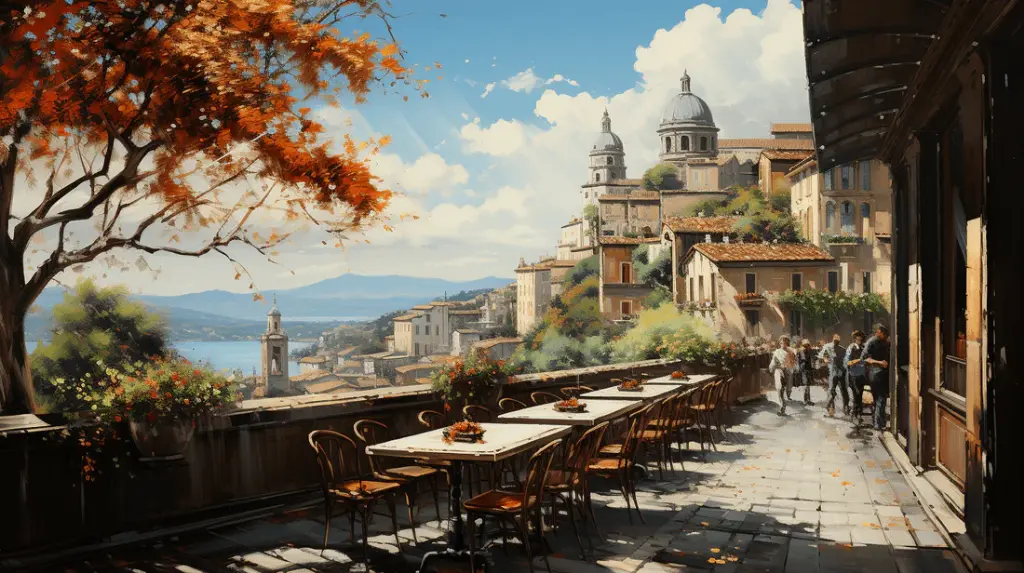
The Art of Italy: A Legacy of Beauty and Innovation
Italian art is synonymous with beauty, skill, and innovation. From the ancient Romans to the masters of the Renaissance, Italy has consistently produced some of the world’s most influential artists and movements. This artistic heritage is not just confined to museums; it permeates the very fabric of everyday life in Italy.
Ancient Roots: Roman Art and Architecture
The foundations of Italian art were laid by the Romans. Their architectural marvels, such as the Colosseum and the Pantheon, stand as testaments to their engineering prowess and artistic vision. Roman sculptures, often depicting emperors and deities, showcase a mastery of form and realism. These early artistic expressions paved the way for future generations of Italian artists.
See also Middle Eastern Culture: Its Impact on Architecture and Cuisine Worldwide
Middle Eastern Culture: Its Impact on Architecture and Cuisine Worldwide
The Renaissance: A Flourishing of Creativity
The Renaissance, arguably the most influential period in Italian art history, saw a rebirth of classical ideals and a flourishing of humanism. Figures like Leonardo da Vinci, Michelangelo, and Raphael revolutionized painting, sculpture, and architecture.
Their works, from the Mona Lisa to the Sistine Chapel ceiling, continue to inspire awe and admiration. This period not only produced iconic pieces of art but also established artistic principles that would shape Western art for centuries.
- Leonardo da Vinci: Known for his multifaceted talents as a painter, sculptor, architect, musician, scientist, inventor, and more.
- Michelangelo: Renowned for his powerful sculptures and his frescoes in the Sistine Chapel.
- Raphael: Celebrated for his harmonious compositions and serene portrayals of religious themes.
Baroque and Beyond: Continuing the Artistic Tradition
Following the Renaissance, the Baroque period brought a new sense of drama and grandeur to Italian art. Artists like Caravaggio and Bernini used dramatic lighting and dynamic compositions to create powerful and emotive works. The artistic tradition continued to evolve, encompassing movements like Futurism and Neorealism in the 20th century, demonstrating that Italian art remains a vibrant and dynamic force.
The Culinary Landscape: A Feast for the Senses
Beyond its artistic achievements, Italy is globally renowned for its food. Italian cuisine is more than just sustenance; it’s an integral part of the Italian culture. It’s about family, tradition, fresh ingredients, and a deep respect for the culinary heritage passed down through generations. The simplicity and authenticity of Italian cooking are what make it so universally appealing.
See also The Enduring Popularity of Ancient Greek Culture in Modern Society
The Enduring Popularity of Ancient Greek Culture in Modern Society
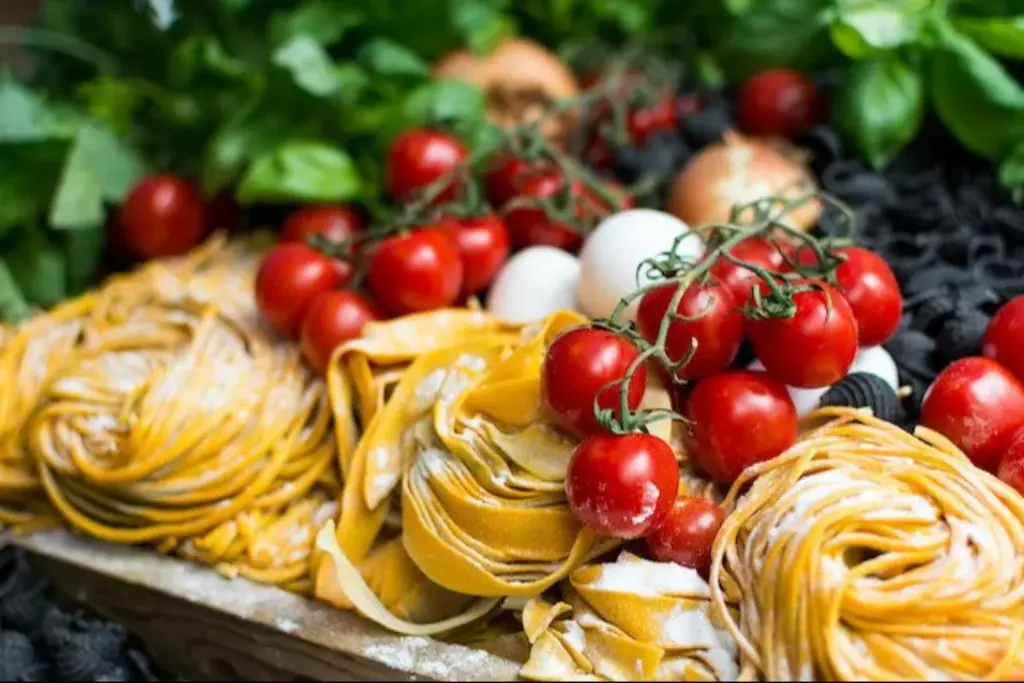
Regional Diversity: A Mosaic of Flavors
One of the most fascinating aspects of Italian cuisine is its regional diversity. Each region, from the mountainous north to the sunny south, boasts its own unique culinary traditions and specialities. The use of local, seasonal ingredients is paramount, leading to a rich tapestry of flavors across the country.
Consider, for example, the creamy risottos of Lombardy compared to the spicy pasta dishes of Calabria, or the seafood-centric dishes of coastal regions. This variety ensures that there is always something new to discover in Italian food.
- Northern Italy: Known for dishes like risotto, polenta, and creamy sauces.
- Central Italy: Famous for dishes like pasta carbonara, lasagna, and rich meat sauces.
- Southern Italy: Celebrated for pizzas, pasta with tomato sauce, fresh seafood, and spicy flavors.
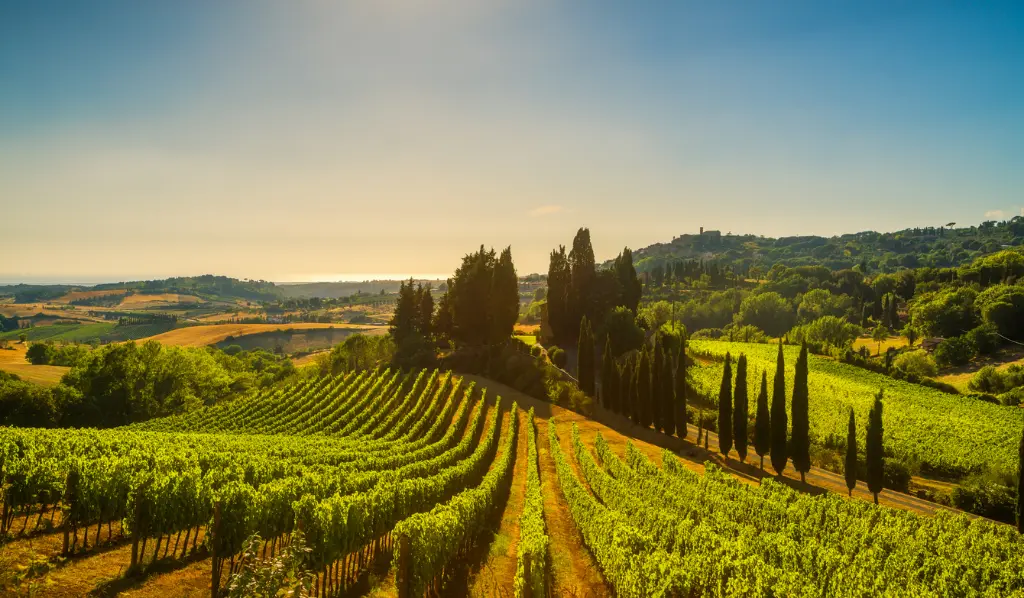
Essential Ingredients: The Foundation of Italian Cuisine
Several core ingredients form the bedrock of Italian cooking. Olive oil, with its rich flavor and health benefits, is used in virtually every dish. Fresh tomatoes, whether sun-ripened or preserved, are the basis of countless sauces. Pasta, in its myriad shapes and forms, is a staple across the country. The careful selection of these simple, high-quality ingredients is what elevates Italian food from the ordinary to the extraordinary.
Furthermore, cheese plays a vital role, with each region producing its own distinct varieties, from Parmesan to mozzarella. Herbs like basil, oregano, and rosemary are used generously, providing aromatic depth and complexity to dishes. The importance of these basic elements cannot be overstated.
The Italian Meal: A Social Affair
In Italy, dining is more than just eating; it’s a social occasion meant to be enjoyed with family and friends. A typical Italian meal often consists of multiple courses, allowing ample time for conversation and connection.
The antipasto (appetizer), primo (first course, often pasta or soup), secondo (second course, often meat or fish), contorno (side dish), and dolce (dessert) structure not only provides a balanced meal but also encourages a slow, deliberate appreciation of food and company.
The concept of la dolce vita, meaning “the sweet life,” encapsulates the Italian approach to food – savoring every moment and finding joy in the simple pleasures. This philosophy extends to every aspect of Italian life, not just culinary.
Historical Tapestry: Tracing the Threads of Time
Italian history is a long and fascinating narrative, dating back millennia. From ancient civilizations to the unification of Italy in the 19th century, the peninsula has been a crossroads of cultures and a stage for pivotal events. Understanding this historical context is crucial to appreciating the complexity of Italian culture today.
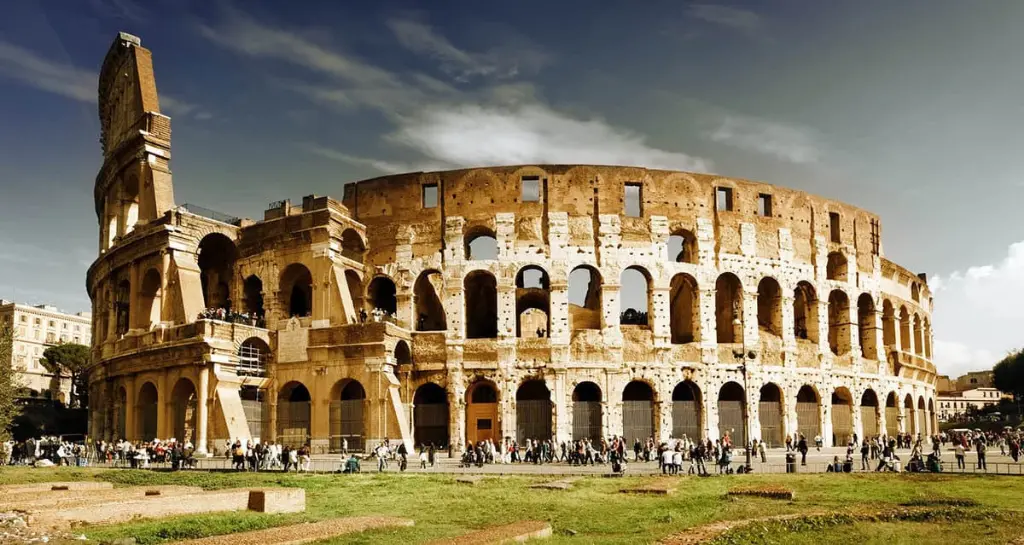
Ancient Civilizations: Etruscans and Romans
Before the Romans, the Etruscans laid the foundation for a sophisticated civilization in central Italy. Their artistic legacy and cultural influence are still visible in the region. However, it was the Roman Empire that left an indelible mark on Italy and the Western world. Rome’s advancements in law, engineering, and governance established a foundation that influenced not only Italian society but many other European states.
The Roman Empire’s architectural wonders, such as aqueducts, roads, and amphitheaters, are still visible in Italy and other former colonies, demonstrating the reach of their power and the durability of their innovations. The legacy of the Roman Republic and Empire is vital to understanding the history of Italy.
The Medieval Period: City-States and Cultural Flourishing
Following the fall of the Roman Empire, Italy fragmented into city-states, each with its own unique identity and cultural traditions. These city-states, such as Florence, Venice, and Milan, became centers of trade, innovation, and artistic expression. The flourishing of Italian city-states during this period laid the groundwork for the Renaissance and its transformative influence.
The political maneuvering, economic competition, and cultural production of this period highlight the dynamism and diversity of Italy during the Middle Ages. The impact on everything from art to politics is still deeply felt today.
Unification of Italy: A Nation Forged
The 19th century saw the unification of Italy, a process that brought together previously disparate regions under a single national identity. This momentous event, known as the Risorgimento, was driven by a mix of political ambition and nationalist sentiment. The unification shaped the Italian state as it exists today, bringing with it both challenges and opportunities. The establishment of modern Italy was a monumental shift after centuries of regional divisions.
The Modern Era: Navigating Change
Since unification, Italy has experienced significant changes in its political landscape, economy, and society. The nation has played a prominent role in European history, experiencing both periods of prosperity and times of turmoil.
Post-World War II reconstruction led to the development of a modern economy and an increasingly interconnected society. Italy continues to navigate its historical legacy in the context of contemporary challenges and opportunities. The story of contemporary Italy is one of resilience, adaptation, and innovation.
Language and Communication: The Melodic Heart of Italy
The Italian language is as expressive and melodic as the country itself. More than just a tool for communication, it’s a vital part of Italian culture. The way Italians express themselves, both verbally and non-verbally, is inherently intertwined with their cultural identity.
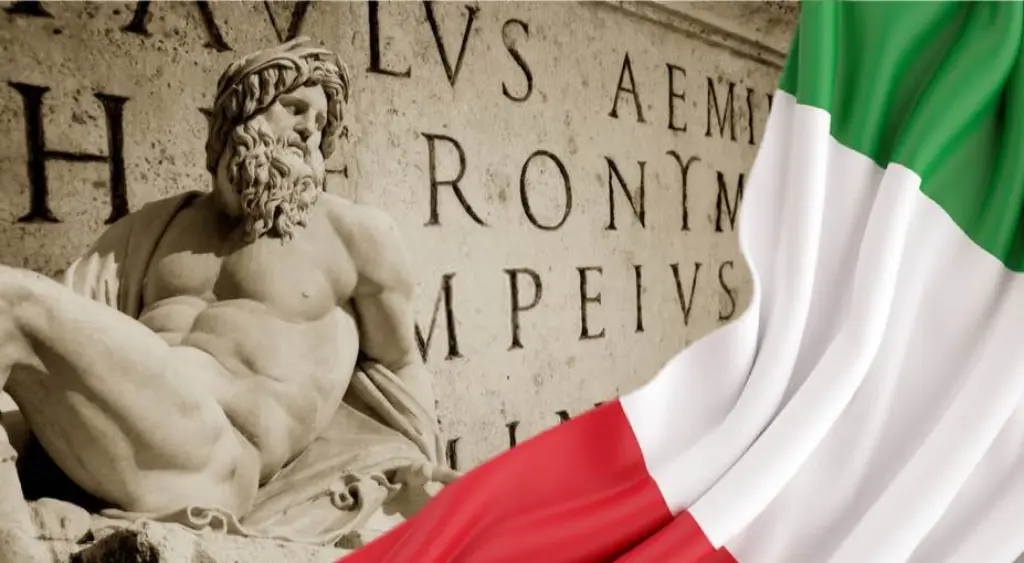
The Italian Language: A Legacy of Latin
Italian is a Romance language, directly descended from Latin. This link to the language of ancient Rome explains why many Italian words share common roots with words in other languages like Spanish and French. The melodious cadence and rich vocabulary of Italian language contribute to its global appeal. The influence of Latin is deeply visible in not just Italian, but in legal and medical terms across different nations.
Non-Verbal Communication: A Language of Gestures
In addition to the spoken word, non-verbal communication plays a crucial role in Italian culture. Gestures, facial expressions, and body language often carry as much meaning as the words themselves. This expressive nature adds a layer of passion and emotion to their interactions. The animated use of hands is a signature element of Italian communication, underscoring the sentiment of what is being said.
Dialects and Regional Variations
While standard Italian is the official language, many regional dialects and variations are still spoken throughout the country. These dialects often reflect local histories and traditions, adding further richness to the linguistic diversity of Italy. The existence of regional dialects underscores the cultural heterogeneity of Italy, each with a slightly different approach to language and expression.
Conclusion: A Timeless Appeal
Italian culture, with its harmonious blend of art, food, and history, continues to inspire and captivate people from all walks of life. From the awe-inspiring masterpieces of the Renaissance to the simple joys of a shared meal, Italy offers a timeless appeal that transcends borders and generations. It’s a culture rooted in tradition, yet constantly evolving, making it a dynamic and vibrant force in the global landscape.
Whether you’re drawn to the beauty of its art, the flavors of its cuisine, or the depth of its history, Italy holds something special for everyone. Its profound impact on art, food, language and history confirms that Italian culture is not just loved in Italy, but loved worldwide.



